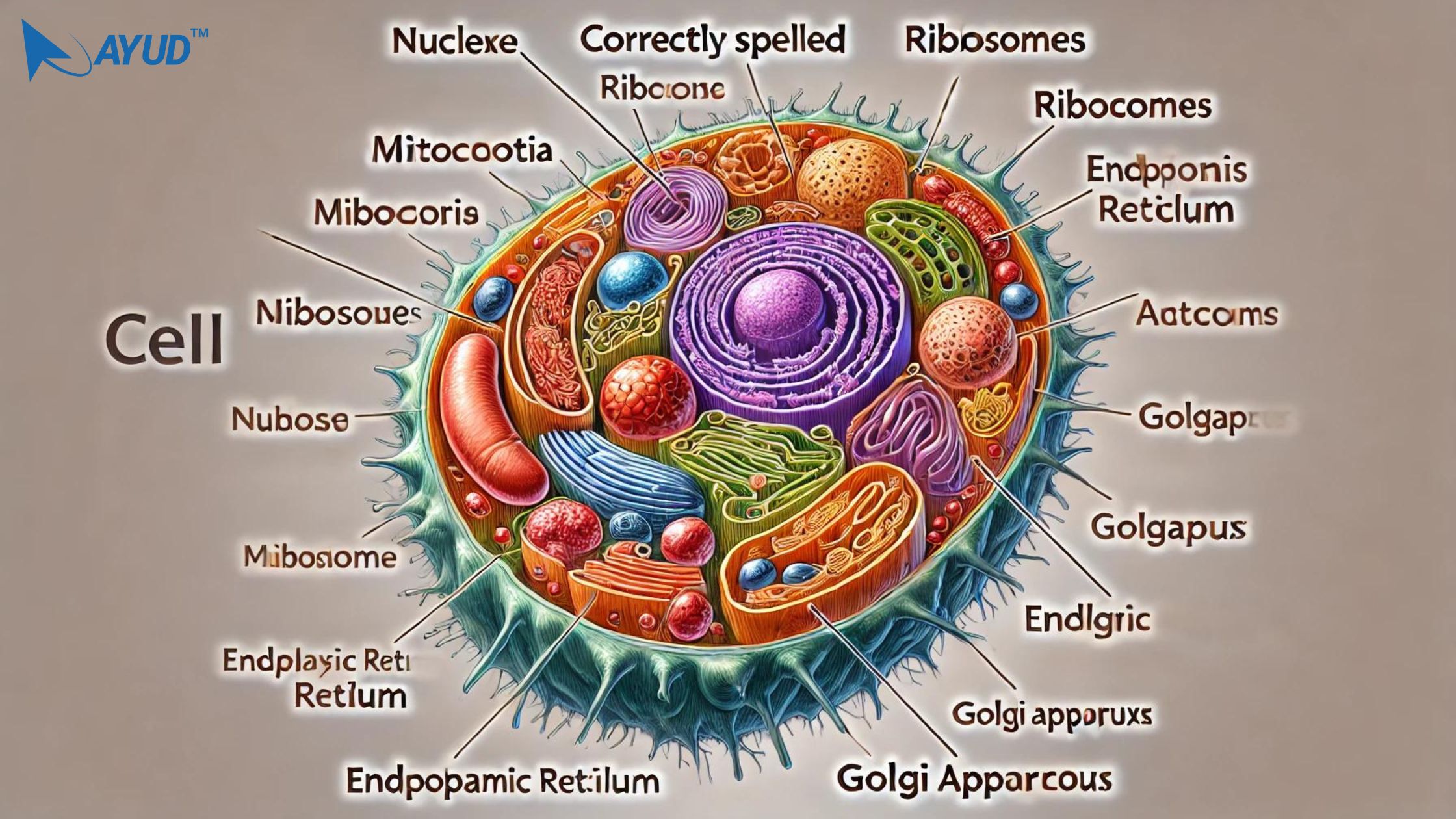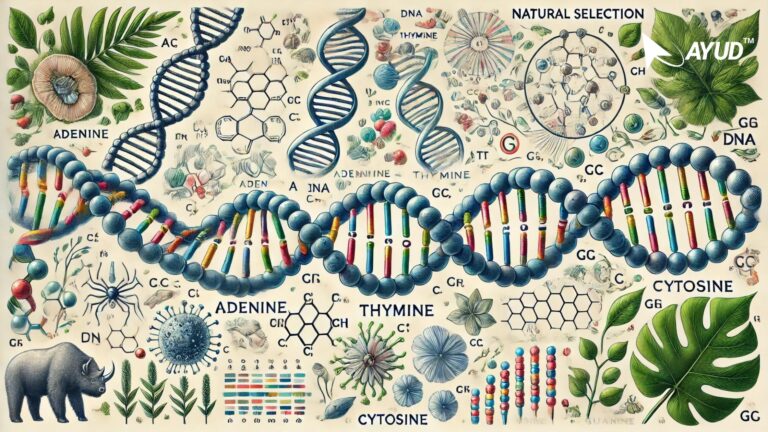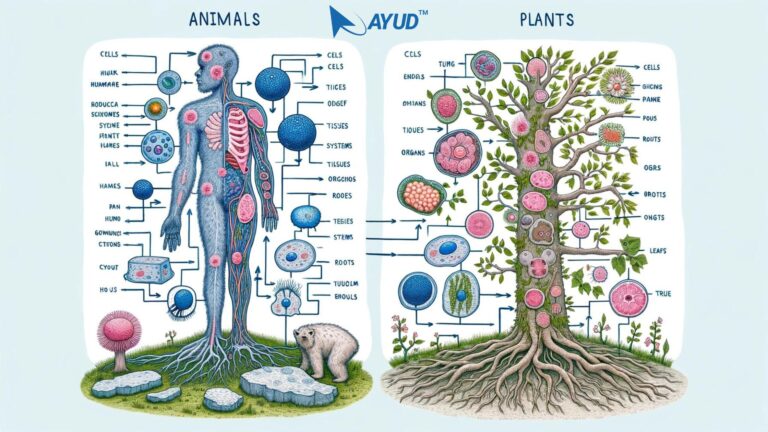Understanding Cell Biology: The Building Blocks of Life
Understanding Cell Biology: The Building Blocks of Life
Cell biology, also known as cytology, is a branch of biology that studies cells, their physiological properties, their structure, the organelles they contain, interactions with their environment, their life cycle, division, and death. Understanding Cell Biology: The Building Blocks of Life. Understanding cell biology is fundamental to all biological sciences and is crucial for fields like genetics, biochemistry, molecular biology, and developmental biology.
What is a Cell?
Cells are the basic building blocks of all living organisms. They are the smallest unit of life that can replicate independently and are often called the “building blocks of life.” Cells make up all living things, from the smallest bacteria to the largest whales.
Types of Cells
Cells come in various shapes and sizes, but they can be broadly classified into two types:
Prokaryotic Cells: These are simple, single-celled organisms without a nucleus. Examples include bacteria and archaea.
Eukaryotic Cells: These cells have a nucleus and other organelles enclosed within membranes. Examples include plant and animal cells.
Cell Structure and Function
Every cell has a complex structure with various components, each performing specific functions. The main parts of a cell include:
Cell Membrane: This is the outer layer of the cell, which regulates what enters and leaves the cell. It is semi-permeable, allowing certain substances to pass while blocking others.
Nucleus: The control center of the cell, containing DNA and responsible for growth and reproduction. It directs all cellular activities by regulating gene expression.
Cytoplasm: A jelly-like substance that fills the cell, where most cellular activities occur. It contains enzymes that facilitate metabolic reactions.
Mitochondria: Known as the powerhouse of the cell, mitochondria generate energy by converting glucose and oxygen into ATP (adenosine triphosphate).
Ribosomes: These are the sites of protein synthesis. Ribosomes can be found floating within the cytoplasm or attached to the endoplasmic reticulum.
Endoplasmic Reticulum (ER): This organelle is involved in the synthesis of proteins and lipids. The ER can be rough (with ribosomes) or smooth (without ribosomes).
Golgi Apparatus: It processes, sorts, and packages proteins and lipids for storage or transport out of the cell.
Lysosomes: These contain digestive enzymes that break down waste materials and cellular debris.
Chloroplasts (in plant cells): These are responsible for photosynthesis, converting sunlight into energy.
The Life Cycle of a Cell
Cells undergo a life cycle that includes growth, replication, and division. This cycle is crucial for growth, development, and repair in multicellular organisms. The main phases of the cell cycle are:
Interphase: The cell grows and duplicates its DNA.
Mitosis: The cell divides its duplicated DNA into two sets.
Cytokinesis: The cell splits into two daughter cells.
Real-Life Application: The Story of Henrietta Lacks
Henrietta Lacks was an African-American woman whose cancer cells were taken without her consent in the 1950s. These cells, known as HeLa cells, became the first immortal human cell line and have been crucial in numerous scientific breakthroughs. HeLa cells have been used to develop the polio vaccine, study cancer, AIDS, and the effects of radiation and toxic substances. Henrietta’s story highlights the ethical considerations in cell biology and the profound impact of cellular research on medicine and science.
Impact of Cell Biology on Daily Life
Understanding cell biology helps in many ways:
Medical Advances: Knowledge of cell biology has led to breakthroughs in treating diseases like cancer, diabetes, and genetic disorders.
Agriculture: Cell biology helps in developing genetically modified crops that are more resistant to pests and diseases.
Environmental Conservation: Understanding how cells respond to pollutants helps in developing strategies to protect ecosystems.
Tips for Studying Cell Biology
Break Down Complex Terms: Use simpler words to understand complex terms. For example, think of mitochondria as the cell’s “battery.”
Use Visual Aids: Diagrams and models can help visualize cell structures and processes.
Connect Concepts: Relate cellular processes to real-life scenarios, like how energy production in cells is similar to charging a phone.
Practice Regularly: Consistent study and review can help retain complex information.
Conclusion
Cell biology is a cornerstone of understanding life itself. By studying cells, we gain insights into the fundamental processes that sustain life, drive evolution, and contribute to health and disease. Embracing the knowledge of cell biology can lead to innovations in medicine, agriculture, and environmental conservation, ultimately improving the quality of life for all living beings.
#CellBiology #Cytology #ProkaryoticCells #EukaryoticCells #MolecularBiology #Genetics #MedicalAdvances #HenriettaLacks #HeLaCells #BiologicalResearch #ayud #ayudjobs #askayud #MultiLanguageSupport #ResumeBuilder #gotestit #ayudian #ayudblog
Self Evaluation:
GoTestIt – NEET Biology / Cell Biology
My Goal Tracker – Stage 0 Level 0
https://ayud.page.link/dp9P6cLinM8Qdt8h9
How to Use Ayud Jobs: A Comprehensive Guide
Join our what’s app channel for timely updates







